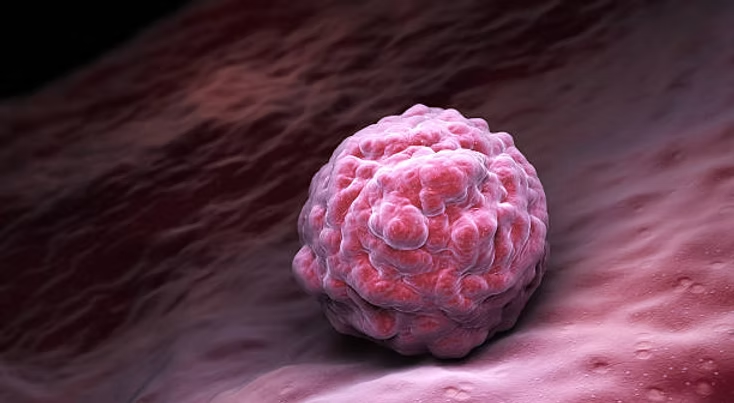Blastocyst Transfer

What Does Blastocyst Transfer Mean?
Blastocyst transfer is a specialized step in the in vitro fertilization (IVF) process where an embryo is transferred to the uterus at the blastocyst stage, typically 5 to 6 days after fertilization. At this stage, the embryo has developed into a structure with hundreds of cells and is more advanced than earlier stages of development.
This approach mimics the natural timing of embryo implantation in the uterus, enhancing the chances of successful pregnancy. Blastocyst transfer is often recommended for patients with multiple high-quality embryos, as it allows for better selection of embryos with the highest potential for implantation.
The Blastocyst Transfer Treatment Process
Blastocyst transfer is a step in the IVF process where a developed embryo, called a blastocyst, is placed into the uterus. Here’s how it works:
1: Embryo Development
After fertilization in the lab, embryos are cultured for 5 to 6 days until they reach the blastocyst stage, characterized by a fluid-filled cavity and differentiated cells.
2: Selection
The blastocysts are evaluated for quality based on their appearance and development. This helps identify embryos with the highest implantation potential.
3: Preparation
The woman’s uterus is prepared for transfer through hormonal support to ensure the lining is receptive to the embryo.
4: Transfer
A selected blastocyst is gently placed into the uterus using a thin catheter under ultrasound guidance. The procedure is painless and takes only a few minutes.
5: Implantation and Monitoring
After transfer, the blastocyst attaches to the uterine lining to initiate pregnancy. A blood test is conducted about two weeks later to confirm success.